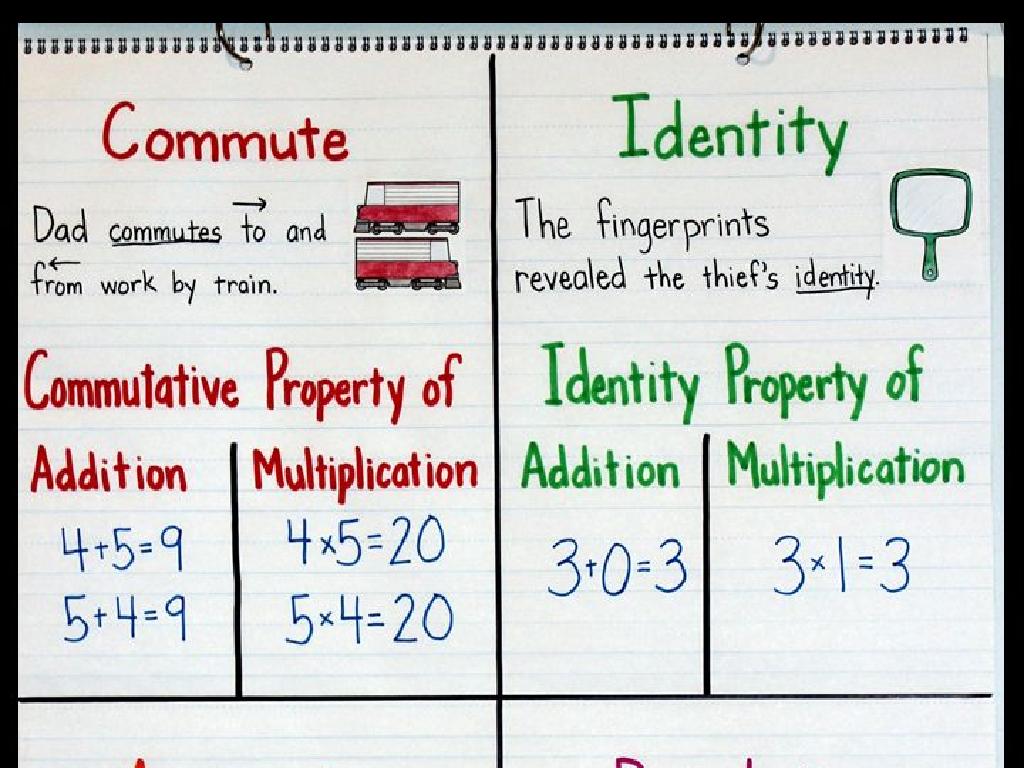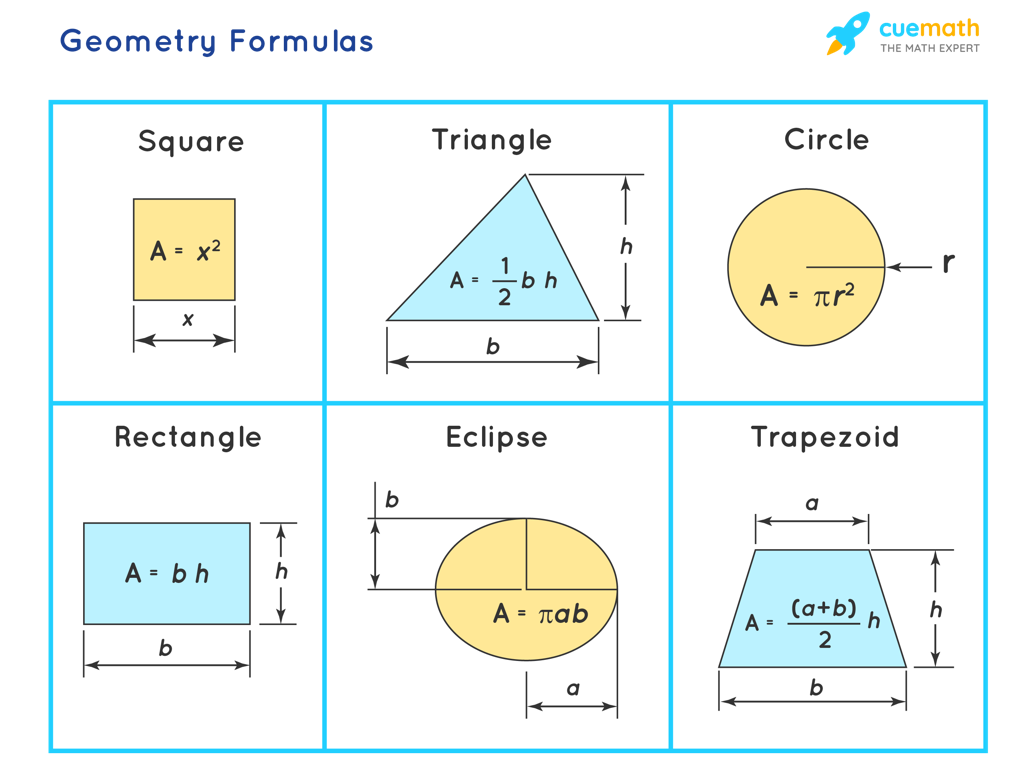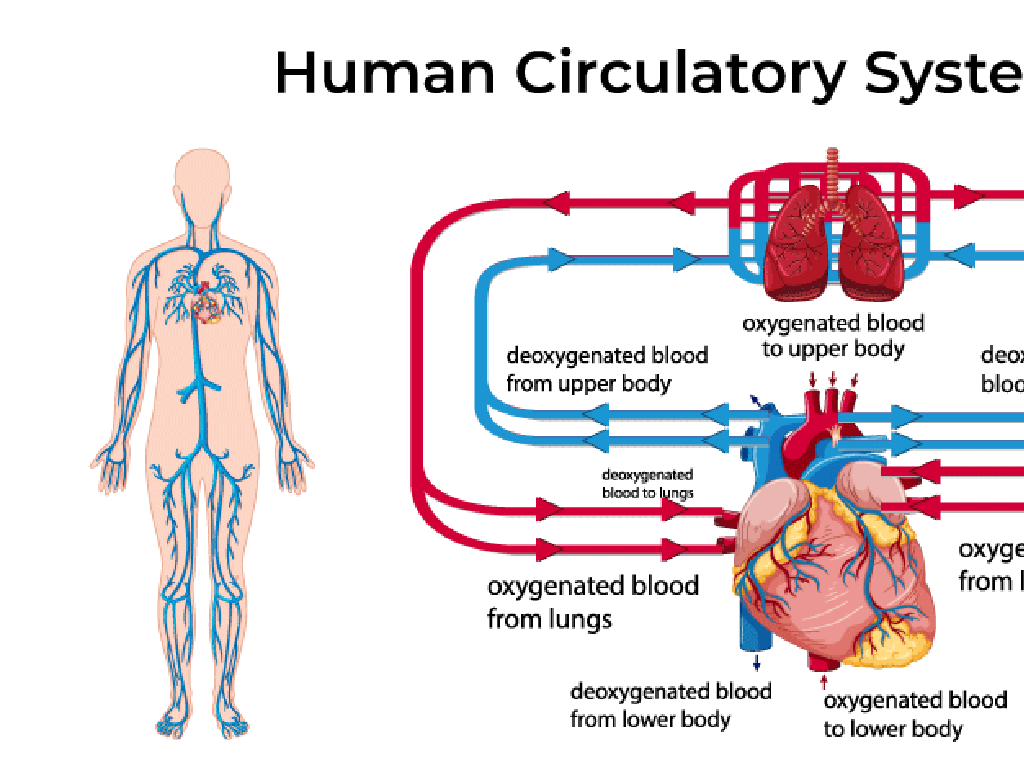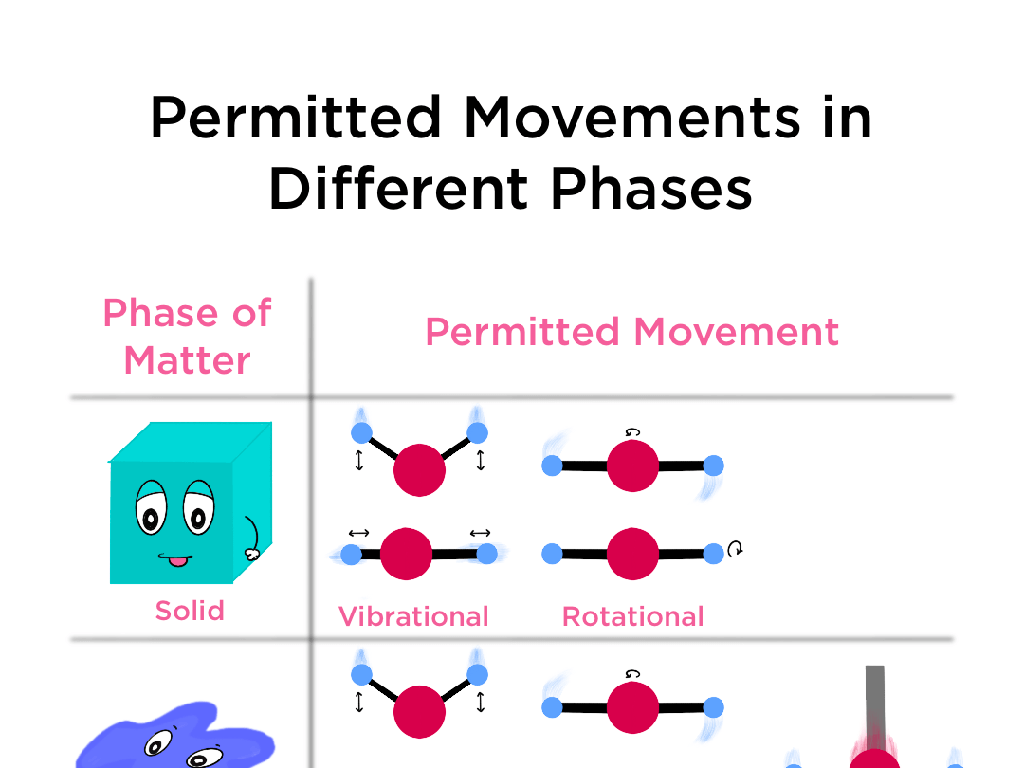Create Compound Sentences
Subject: Language arts
Grade: Third grade
Topic: Sentences, Fragments, And Run-Ons
Please LOG IN to download the presentation. Access is available to registered users only.
View More Content
Today’s Adventure: Compound Sentences!
– What is a compound sentence?
– Two simple sentences joined by a conjunction like ‘and’, ‘but’, or ‘or’.
– Sentence vs. Fragment vs. Run-on
– A sentence has a subject and verb. Fragments are incomplete, run-ons are too long without proper pauses.
– The role of conjunctions
– Words like ‘and’, ‘but’, ‘or’ connect sentences to make them compound.
– Why use different sentence types?
|
This slide introduces compound sentences and their place within the broader context of sentence structure. Begin by explaining that a compound sentence is formed when two simple sentences (independent clauses) are joined together by a conjunction. Highlight the difference between complete sentences, fragments that lack a complete thought, and run-ons that need to be broken down into smaller sentences. Emphasize the importance of conjunctions in creating compound sentences. Discuss why it’s useful to vary sentence types in writing, such as to make it more interesting or to connect ideas. Encourage students to think of examples and to practice creating their own compound sentences.
Understanding Sentences
– A sentence: subject + verb
– Every sentence needs a person or thing and an action.
– Must express a complete thought
– It’s not just words; it tells a whole idea.
– Let’s review example sentences
– We’ll look at sentences that make sense together.
– Practice creating our own
|
This slide introduces the basic concept of a sentence to third-grade students. Start by explaining that a sentence is like a complete thought and must have a subject (who or what the sentence is about) and a verb (what the subject is doing). Use simple and relatable examples to illustrate complete sentences. Encourage students to think of sentences as complete ideas by asking them to share examples from their favorite stories or experiences. After reviewing examples, engage the class in an activity where they create their own sentences, ensuring they include both a subject and a verb to express a complete thought. This will help them understand the structure and purpose of a sentence in communication.
Sentence or Fragment?
– Understanding sentences vs. fragments
– Sentences have subjects and predicates
– Every sentence needs a person, place, or thing and an action or state of being.
– Fragments are incomplete thoughts
– Fragments lack a subject or predicate and don’t express a complete thought.
– Activity: Identifying sentences and fragments
– Look at examples and decide if they are full sentences or just fragments.
|
This slide introduces the concept of sentences versus fragments. A sentence is a complete thought that has both a subject (who or what the sentence is about) and a predicate (what the subject is doing or what condition the subject is in). A fragment, on the other hand, is an incomplete thought that might be missing a subject, a predicate, or both. During the activity, present students with a series of examples on the board or on handouts and ask them to determine whether each example is a sentence or a fragment. This will help them understand the structure of a complete sentence. For the activity, consider examples like ‘The dog barked loudly’ (sentence) versus ‘In the morning’ (fragment).
Fixing Run-on Sentences
– Understanding run-on sentences
– A run-on sentence has too many ideas without proper punctuation.
– Identifying run-ons in sentences
– Look for sentences that seem too long or confusing.
– Methods to correct run-ons
– Use a period or conjunction to separate ideas.
– Practice fixing run-ons
|
This slide introduces the concept of run-on sentences to third-grade students. Begin by explaining that a run-on sentence is like trying to say too much without taking a breath. It’s when two or more ideas are squished together without the right punctuation or connecting words. Teach students to spot run-on sentences by looking for parts that could stand alone as complete sentences. Show them how to use periods to make two sentences or conjunctions like ‘and’, ‘but’, or ‘so’ to join ideas correctly. Provide examples and have students practice rewriting run-on sentences to gain a better understanding. Encourage them to share their corrected sentences and discuss why the changes were necessary.
Crafting Compound Sentences
– What’s a compound sentence?
– Two simple sentences joined by a conjunction like ‘and’, ‘but’, ‘or’.
– Use ‘and’, ‘but’, ‘or’ to connect
– ‘I like apples and I like oranges.’ combines two likes with ‘and’.
– Combine two ideas into one
– ‘It was raining but we went outside.’ shows contrast using ‘but’.
– Practice with examples
– ‘Do you want tea or coffee?’ offers a choice with ‘or’.
|
This slide introduces the concept of compound sentences to third-grade students. Begin by explaining that a compound sentence is made when two simple sentences are joined together using words like ‘and’, ‘but’, or ‘or’. These joining words are called conjunctions. Provide clear examples for each conjunction, showing how they can combine thoughts in different ways: ‘and’ to add information, ‘but’ to show contrast, and ‘or’ to give options. Encourage students to think of their own simple sentences and practice turning them into compound sentences. This activity will help them understand how to make longer, more complex sentences while maintaining proper sentence structure.
Crafting Compound Sentences
– Compound sentences connect ideas
– Use ‘and’, ‘but’, or ‘or’ to join
– Example: ‘I like to swim. I like to hike.’
– Combine two simple sentences with ‘and’ to make a compound sentence
– Let’s make our own compound sentences!
– Think of two things you enjoy and join them with ‘and’, ‘but’, or ‘or’
|
This slide introduces the concept of compound sentences to third-grade students. Begin by explaining that a compound sentence is made up of two simple sentences joined together by a conjunction such as ‘and’, ‘but’, or ‘or’. Use the example provided to show how two simple sentences can be connected to form a compound sentence. Encourage students to come up with their own examples by thinking of two activities they like and combining them into one sentence. This activity will help them understand how to construct compound sentences and improve their writing skills. Make sure to provide guidance and support as they create their sentences, and praise their efforts to build confidence.
Your Turn: Crafting Compound Sentences
– Create your own compound sentences
– Use ‘and’, ‘but’, or ‘or’ to join ideas
– For example: I like apples and I like oranges.
– Write down your sentences
– Share with the class
– Tell us about your sentences and why you chose them
|
This slide is an interactive class activity designed to help students practice creating compound sentences. A compound sentence is made up of two simple sentences joined by a conjunction like ‘and’, ‘but’, or ‘or’. Encourage the students to think of two ideas they want to talk about and show them how to connect these ideas using conjunctions to form compound sentences. Have them write their sentences down and then share with the class. This will help them understand how to construct longer, more complex sentences and improve their writing skills. For the teacher: Prepare to assist students who may struggle with this concept by providing additional examples and guidance. Offer praise and constructive feedback as they share their sentences.
Class Activity: Compound Sentence Caterpillar
– Create a sentence caterpillar
– Each circle has a simple sentence
– Use colored links for conjunctions
– Conjunctions like ‘and’, ‘but’, ‘or’
– Build a compound sentence together
|
This activity is designed to help students understand how to create compound sentences by connecting simple sentences with conjunctions. Each student will write a simple sentence on a circle of paper. Then, they will use colored paper links to connect their sentences with their classmates’ sentences using conjunctions such as ‘and’, ‘but’, or ‘or’. This visual and hands-on activity will reinforce the concept of compound sentences and how conjunctions function to combine ideas. For the teacher: Prepare circles and colored strips in advance. Guide the students through the process, ensuring they understand the role of conjunctions. Have extra simple sentences ready for students who might need additional examples. Encourage creativity and ensure each student participates in creating the caterpillar.
Compound Sentences: Review and Practice
– Recap on compound sentences
– Two simple sentences joined by a conjunction like ‘and’, ‘but’, or ‘or’.
– Importance of compound sentences
– They make our writing more interesting and show how ideas are connected.
– Practice combining sentences
– Use your worksheet to merge simple sentences into compound ones.
– Share your best compound sentence
|
Begin the slide by reviewing the definition of compound sentences and how they are formed by connecting two simple sentences with a conjunction. Emphasize the importance of compound sentences in making writing more engaging and showing the relationship between ideas. Distribute practice worksheets and guide students through examples, helping them to combine simple sentences into compound sentences. Encourage creativity and understanding of the conjunctions used. After the activity, ask students to share their best compound sentence with the class to reinforce their learning and build confidence.
Conclusion: Mastering Compound Sentences
– Celebrate your compound sentences
– Homework: Write a short story
– Pick a topic you love for your story
– Include 5 compound sentences
– Connect ideas using words like ‘and’, ‘but’, ‘so’
– Share your stories next class
– We’ll read and enjoy your creativity!
|
Well done on learning to create compound sentences! For homework, students are tasked with writing a short story that includes at least five compound sentences. This will help reinforce their understanding of how to connect ideas using coordinating conjunctions. Encourage them to be creative and to use a variety of conjunctions. In the next class, provide an opportunity for students to share their stories with the class, which will not only showcase their hard work but also allow them to learn from each other’s writing.






